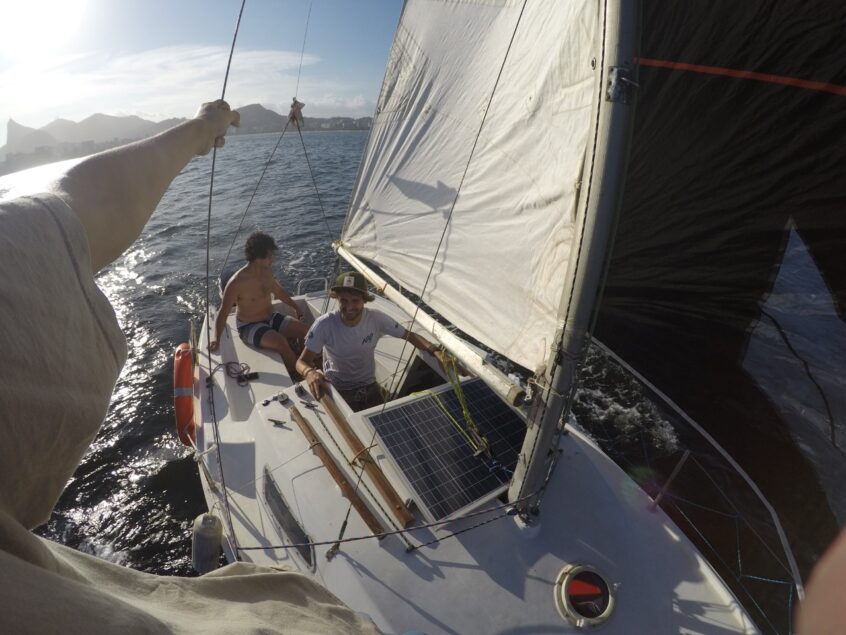How to buy a Sailboat? Want to buy a boat and have absolute no clue where to start? Here I share many tips on taking the right decision for you.
1) Do you really need a boat?
First of all you've got to understand why you are buying a boat. Are you planning to live aboard? Do you want to make money out of it doing charters, tours or teaching sailing? Or, are you going to use it only once a month? Buying a boat means a constant flow of expenses. Maintenance is expensive, is very hard to find a cheap place to "park it" or store it, there is always something to fix. If you have a steady income and can afford this luxury, go for it. If not, rather rent a boat from someone else just for fun once in a while.
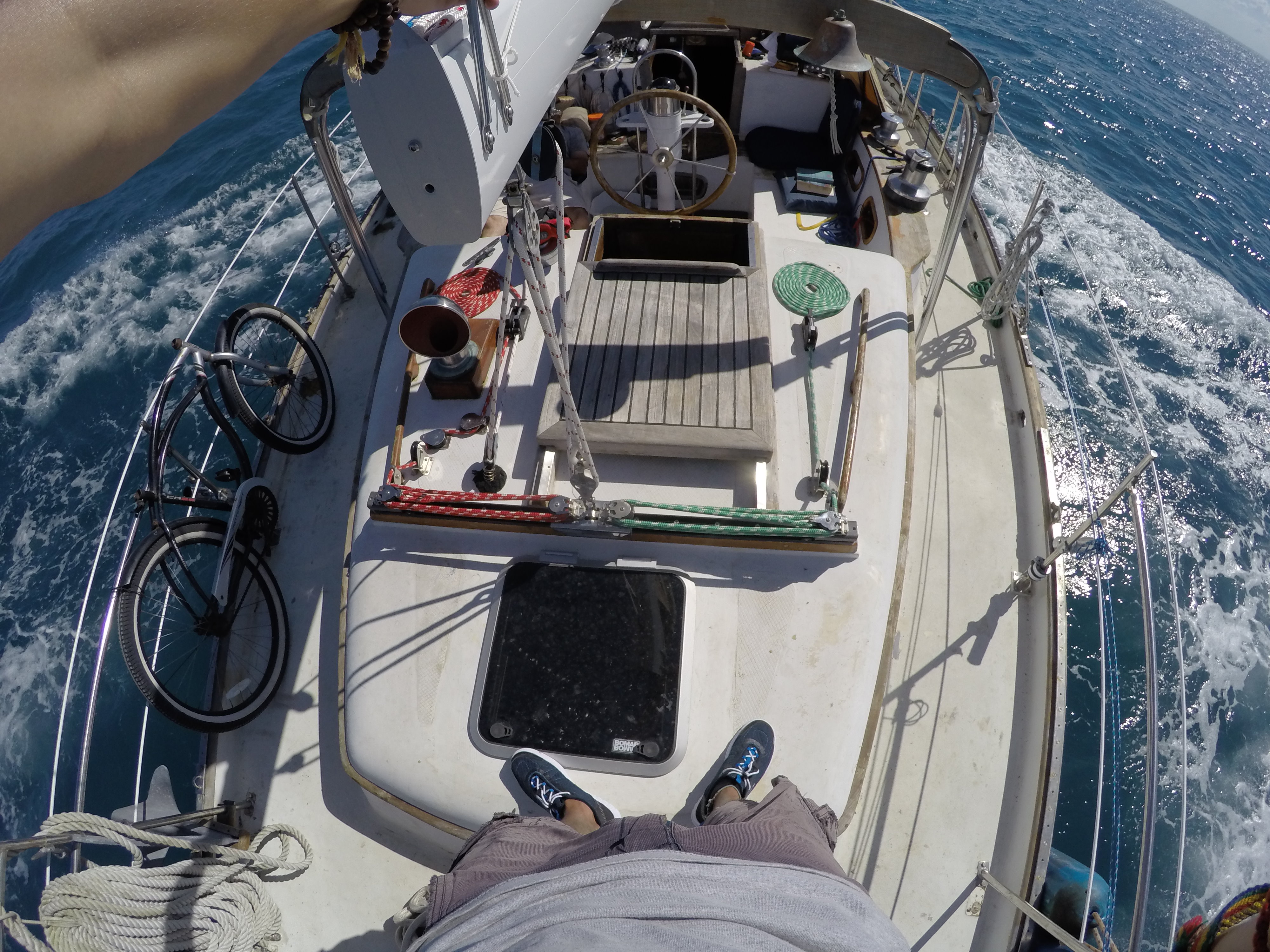
2)Which size of boat should I buy?
You should always buy a boat based on your budget. How much can you afford and for what are you going to use the boat? As bigger the boat as more headaches you will have. I like to divide sailing boats in 4 size groups:
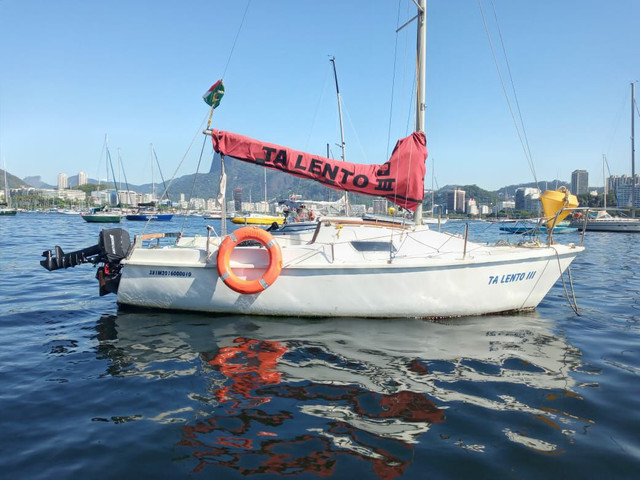
15-24 feet
Pros:
-Good for beginners
-Easy to sail single handed
-Less expensive to buy and maintain
-Less headache with outboard engine
Cons:
-A bit small to live aboard
-It is like a studio, only one lounge, no privacy
-Not big enough to go on a big adventure or long term cruising
This is the picture of the boat I purchased in Brazil, it is 19 feet and has a small lounge.

25-34 feet
Pros:
-Good for your first boat to live aboard.
-A good size for a solo sailor or couple.
-Usually at least one private room.
Cons:
-If it will be your house, you need to learn to be minimalist.
-You already have a center engine, that means more headache with maintenance.
-Not big enough for charters.
This is the picture of a 34 feet boat that a friend of mine, Paulo, live aboard for the last 6 years. He already sailed from Rio de Janeiro to Patagonia than to Canada.
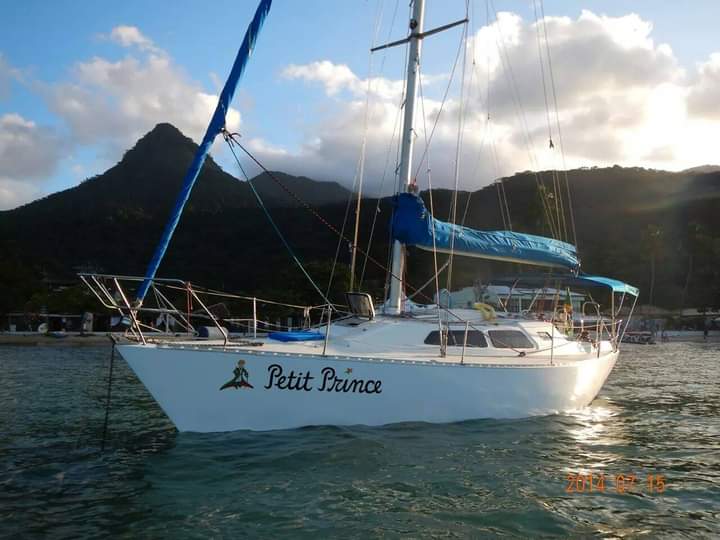
35-44 feet
Pros:
-Good for your second boat to live aboard, an upgrade of space
-Usually two private rooms, one in the front, one in the back.
-You can do charters
Cons:
-Repairs are more expensive
-You have more to fix
-Your marina and immigration costs increase due to more feet.
This is a boat I crewed in the USA & the Bahamas, it is a 44 feet with 2 cabins and plenty to take care of.
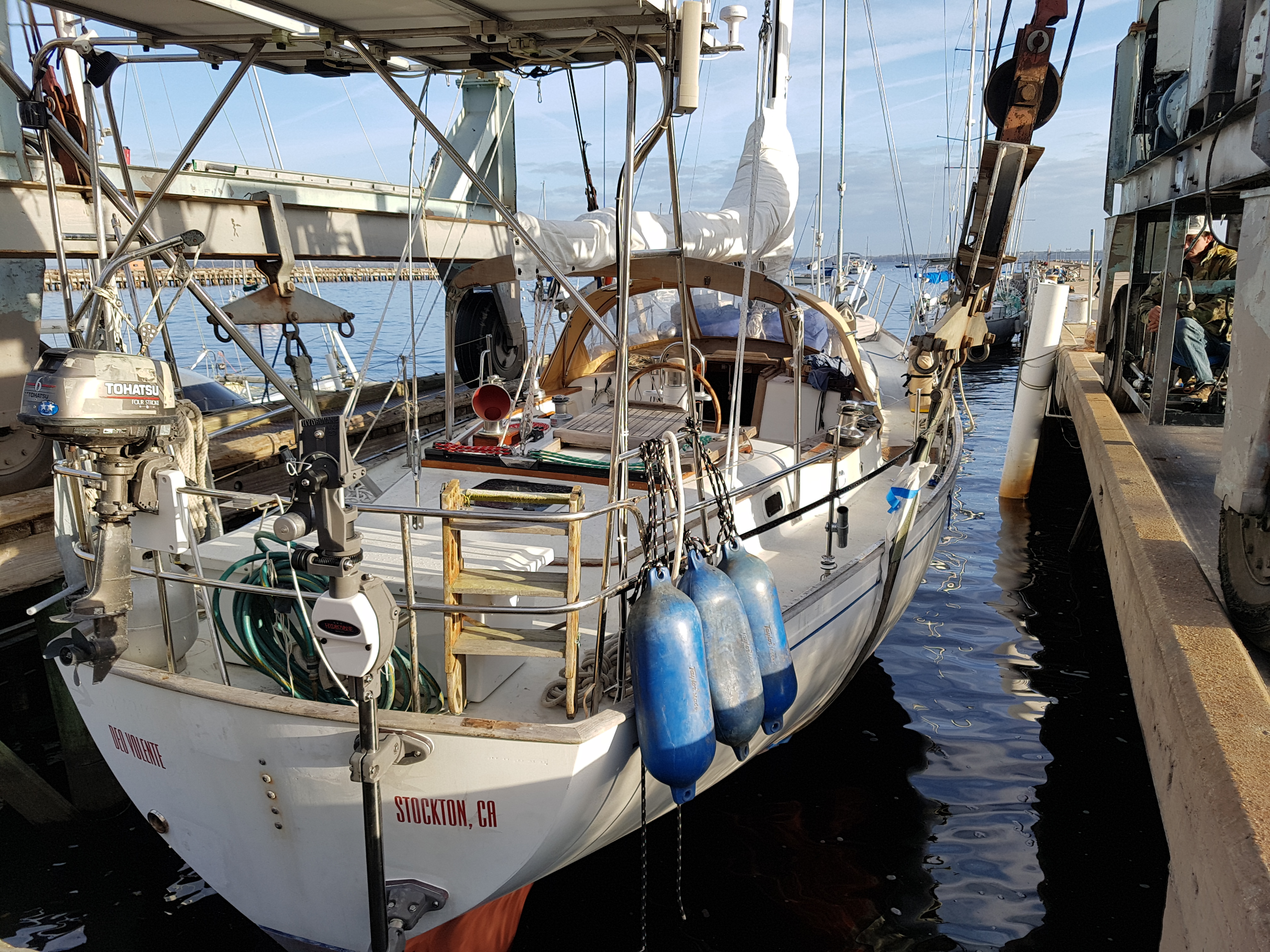
Over 44 feet
Pros:
-The sky is the limit, you have lots of storage place
-You can have from three up to several rooms
-You can do charters with big comfort
-You can easily do Ocean Crossings
Cons:
-Your expenses skyrocket
-You have to take care with your draft in shallow waters
-You can't sail single handed, you need a crew
-You are more targeted by pirates
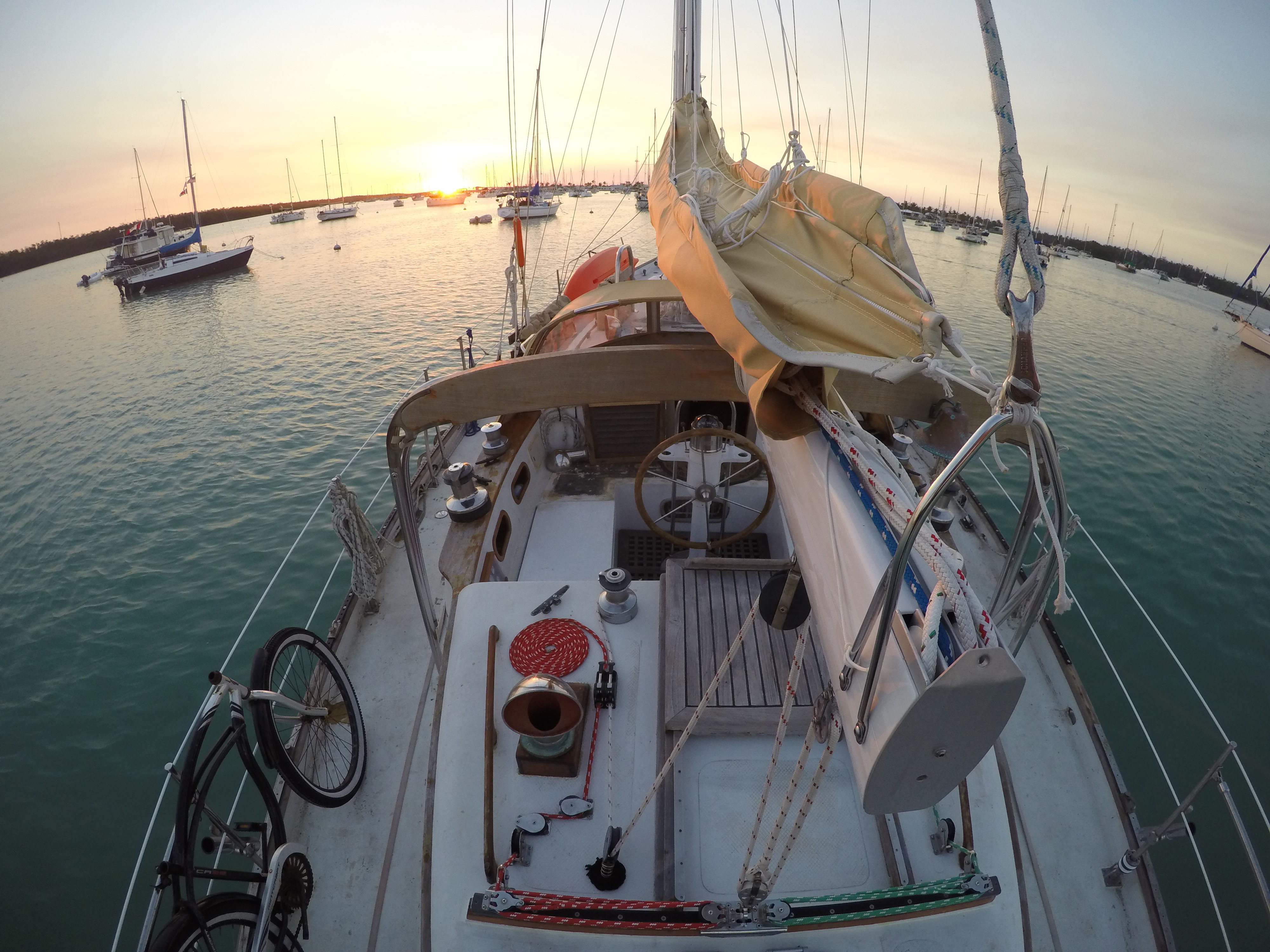
3)Where to find the right boat?
Buying sailboat is an art and prices change brutally from region to region, and also depending on the season. Places to buy cheap boats include the Caribbean Islands, Panamá, Guatemala and Florida in the USA. You can also find good deals in Europe. It's all about timing. The sailing season in the Caribbean is between November and June. Off season all boats must find a safe bay or marina to be stored. This is when you find the good deals. The best strategy is hopping from marina to marina, asking if there is anyone willing to sell their vessel.
4)What to look before buying a Sailboat?
This is the tricky part and having someone experienced with you might be very important, specially if you are purchasing a big one.
4.1) Hull
The hull is the body of your boat. The older boats have stronger hulls, because they use to be built with lots of layers of fiberglass. The best is to inspect a boat outside the water, if not possible you should swim and check underwater. The hull needs to be sanded and painted once every 2 years. This keeps away sea shells and helps you to sail smooth. If you get a boat with a hull in no good condition, remember to include the costs of lifting the boat and painting on top of your final purchase price.
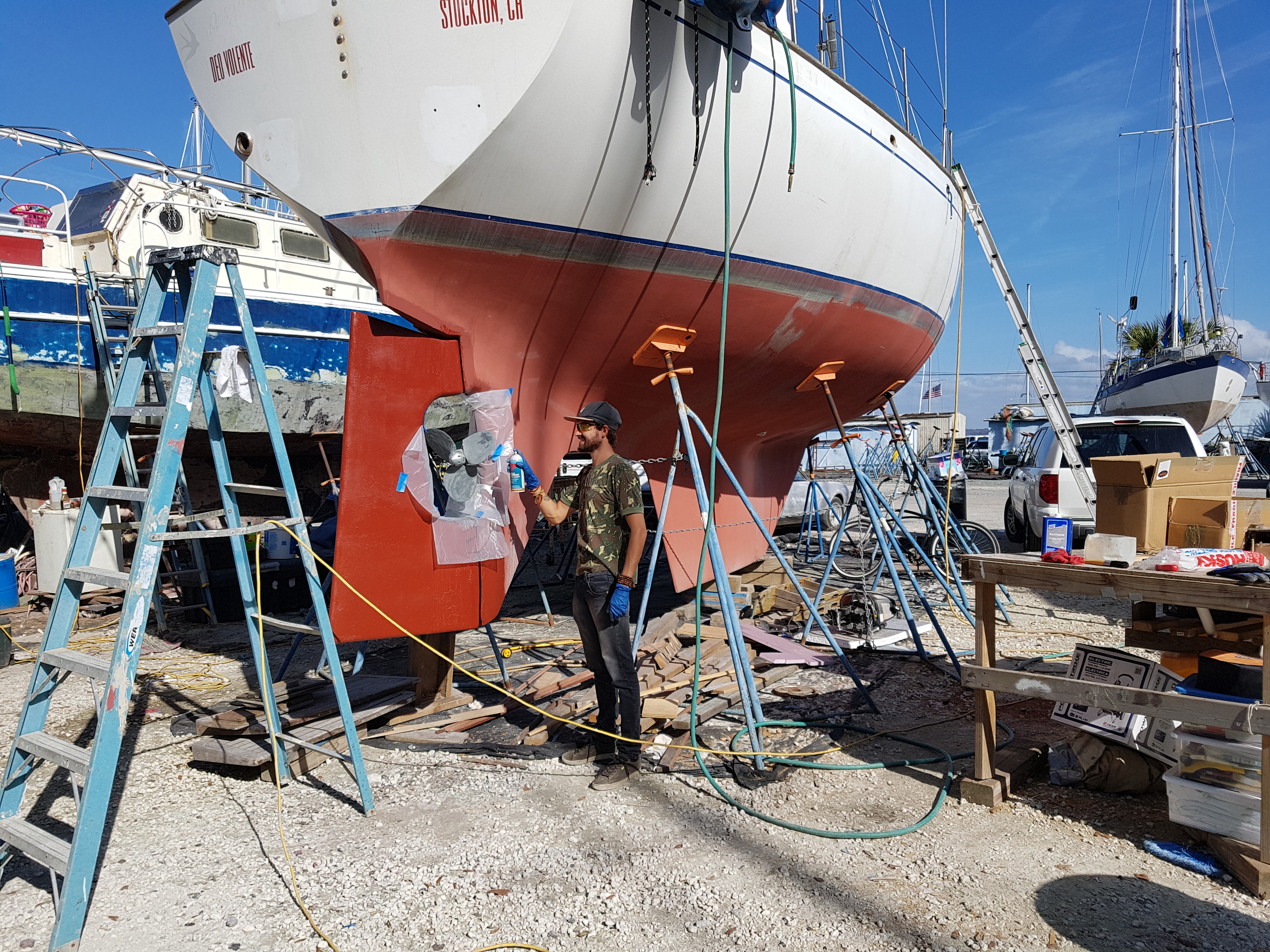
4.2)Engine
The engine is a critical part. Even though is a sailboat you must have a reliable engine for entering and leaving marinas, for use in unfavorable winds and to save you in bad weather condition.
Smaller boats use an outboard engine, is more simple and also easy to be robbed. In tough seas are not so efficient.
Bigger boats should have a center engine connected to the propeller, they mean a lot of headache, but will save you in a storm.
Check how many hours the engine have, make a visual inspection in the pieces for rusted areas, evaluate the brand of the engine, Yanmar and Volvo are considered good ones. And of course, turn it on and go out for a test drive.
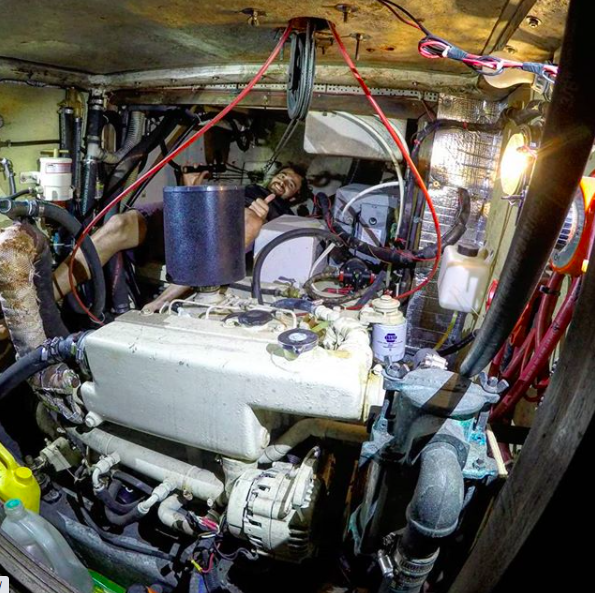
4.3) Sail rigging and Sails
The sailing rigging is very critical and expensive. Inspect the mast for any damage, inspect all rigging, that means the cables that hold the mast. Were they recently changed? Do they look in good condition? Also evaluate which sails come with the boat, the age and quality of them. Sailboat owners that participate in Regattas usually have spare sails and with good quality.
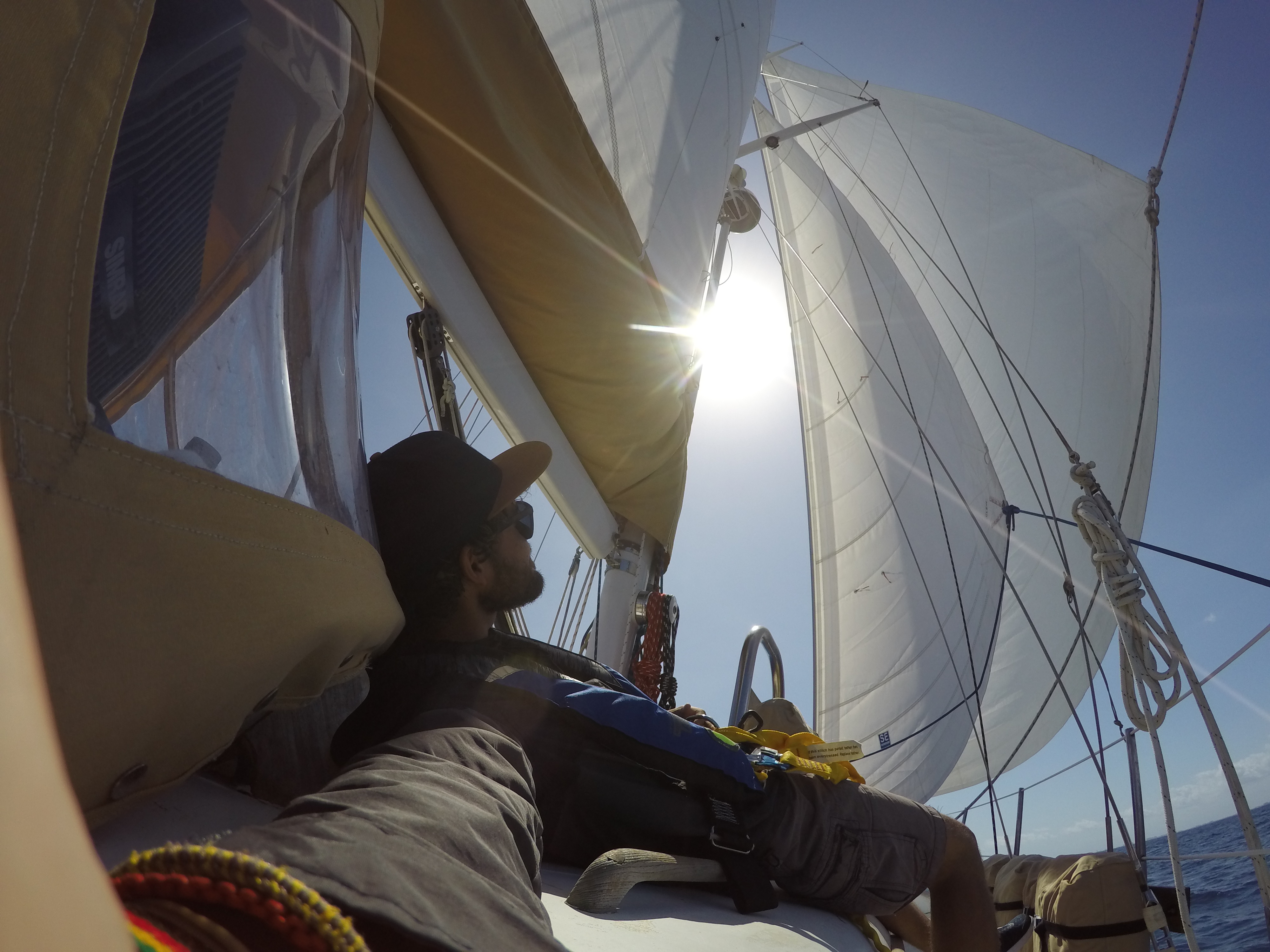
4.4) Other general details
-Electric system
Check if the connections were recently made. The salt water can damage electric cables, and even sparkle a fire. Navigation lights are very important.
-Tanks and plumbing system
Check the condition of the toilet (head) and sinks, including water pumps, houses, seacocks and holding tanks.
-Electronic gears
See what is included in your package. Does your boat comes with a Radio VHF, RADAR, Echo Sounder, GPS, Automatic Pilot, AIS? Those things are really expensive and if you buy a boat without them, remember that you will need to purchase it at some point, specially if you are doing long term cruising.
-Salvation Equipment
This is crucial for long distance cruising. For smaller boats you need at least life vests, life buoy, pyrotechnics items, fire extinguisher, horn and radar reflector. For bigger boats and off shore cruising you must have EPIRB and a life raft, that is a very expensive item and must be inspected every few years.
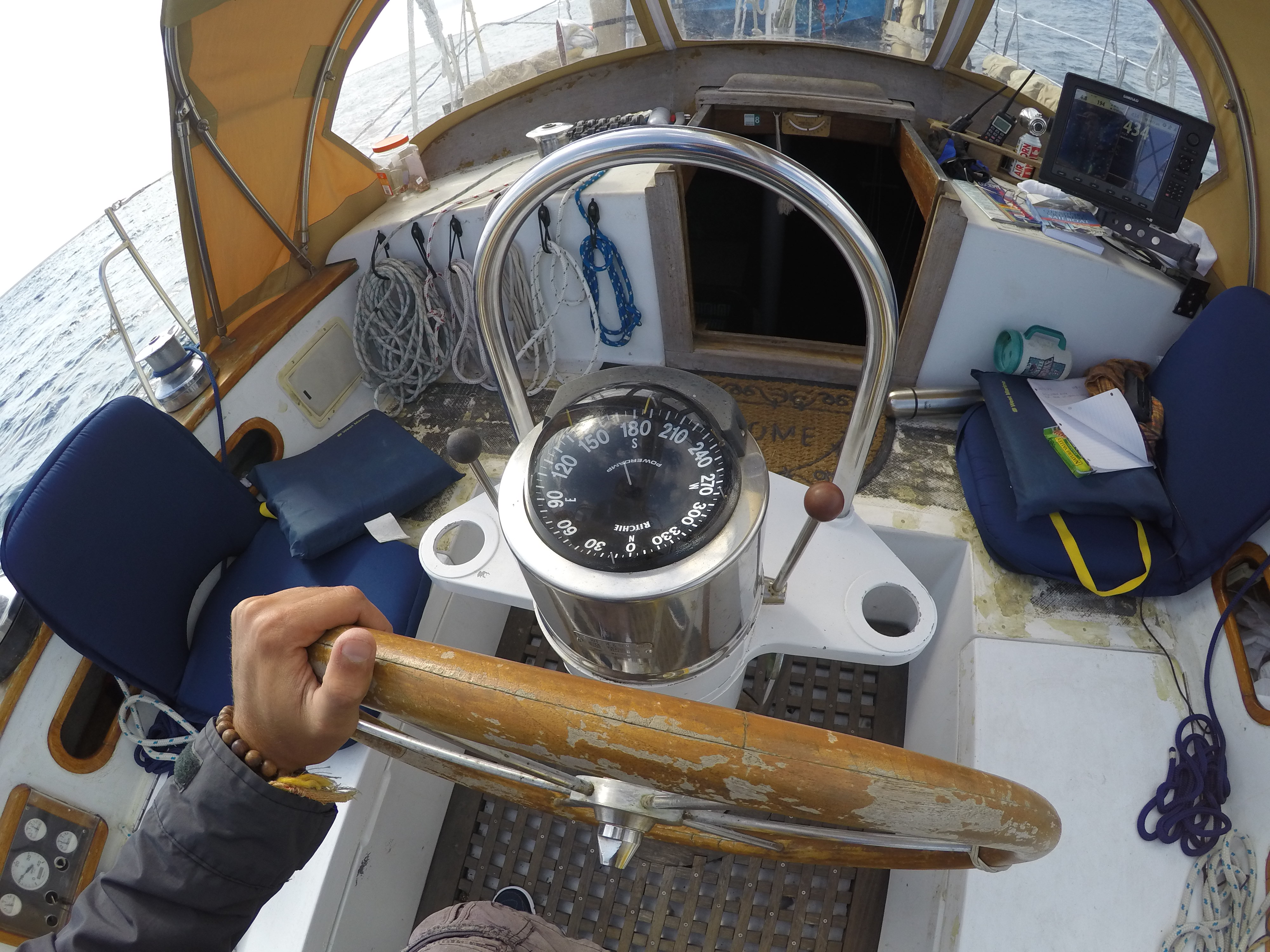
5) I have a boat, and now?
Get yourself a proper boat license, get experience buy practicing with other people that have more miles logged than you. Hire experienced crew to help you on the first passages. Be sure to have your salvation equipment up to date before heading to open seas. Ah, and don't forget to find a very nice place to "park" your boat! Good winds and safe travels!

